Katherine of Aragon was born to the powerful Spanish monarchs Isabella I of Castile and Ferdinand II of Aragon. Being children of nobility, her and her sisters were always expected to enter marriage alliances. Katherine was the youngest of her surviving siblings. Her older sisters were Juana, Maria and Isabella.
Katherine was meant to marry Arthur Tudor, son of Henry VII and Elizabeth of York, but there were some bumps along the way. In 1497 Elizabeth of York wrote to Isabella regarding Katherine’s well-being. Elizabeth and Margaret Beaufort were very involved in the marriages of their children and grandchildren
… First and foremost we wish and desire from our heart that we may often and speedily hear of the health and safety of your serenity, and of the health and safety of the aforesaid most illustrious Lady Catherine our common daughter…1
They suggested that Katherine learn French since Elizabeth and Margaret did not know Spanish or Latin.
Edward Plantagenet, 17th Earl of Warwick’s death was necessary due to the marriage negotiations between Henry VII and Ferdinand II regarding their children, Arthur Tudor and Katherine of Aragon.
‘The fame after his [Warwick’s] death sprung that Ferdinand, king of Spain, would never make full conclusion of the matrimony to be had between Prince Arthur and the Lady Catherine his daughter, nor send her into England, as long as this earl lived.’ 2
Ferdinand and Isabella refused to send Katherine to England if Warwick remained alive.
Warwick was taken to Tower Hill on November 28th, 1499 and beheaded publicly. A marriage alliance was at stake and Henry needed everyone to see that Warwick was dead and no longer a liability. The Spanish ambassador in England, Rodrigo Gonzales de Puebla, wrote to Ferdinand and Isabella after Warwick’s execution:
‘England has never before been so tranquil and obedient as at present. There have always been pretenders to the crown of England; but now that Perkin and the son of the Duke of Clarence have been executed, there does not remain ‘a drop of doubtful Royal blood,’ the only Royal blood being the true blood of the King, the Queen, and, above all, of the Prince of Wales.’3
With the threat of Warwick eliminated, Katherine was able to prepare for England. On October 2nd, 1501 Katherine arrived in England. She traveled with an entourage at fifteen years old. Her mother had handpicked the ladies who accompanied her on her journey.
On November 15th she married Arthur, Prince of Wales in a ceremony at St. Paul’s Cathedral. Elizabeth of York had chosen which ladies-in-waiting would greet Katherine upon her arrival. Katherine and Arthur had traveled to Wales and resided at Ludlow Castle.
All seemed to be going well until both Katherine and Arthur fell ill. Katherine recovered but unfortunately Arthur died on April 2nd, 1502. It is uncertain what Arthur died from but there are theories: sweating sickness, plague, tuberculosis or influenza. They had been married less than five months.
Seven years later…
Katherine of Aragon and Henry VIII married at Greenwich on June 11th, 1509. Henry was Arthur’s younger brother. Since Katherine insisted her marriage to Arthur was never consummated, she was able to marry Henry when he came of age.
Why didn’t Katherine go back to Spain upon Arthur’s sudden death? Isabella wanted her to return home. Ferdinand did not want her to as he had not made full payment of her dowry and did not expect he would get a refund from Henry VII. Since her dowry had not been fully paid by the time of Arthur’s death she was unable to claim money from his lands.
When Katherine and Henry married Katherine was twenty-four and Henry was eighteen. She was coronated on the 24th of that month. Several of Katherine’s ladies-in-waiting had Woodville lineage and many of her servants came from Elizabeth of York’s household. Elizabeth of York had passed away a few years prior in 1503.
Katherine and Henry’s marriage started out strong. They were married for over twenty years. More than Henry’s next five wives all put together. She was trusted as regent while Henry was away in France in 1513. She also oversaw the Battle of Flodden when James IV of Scotland tried to invade England. Katherine sent Henry the Scottish king’s bloody cloak.
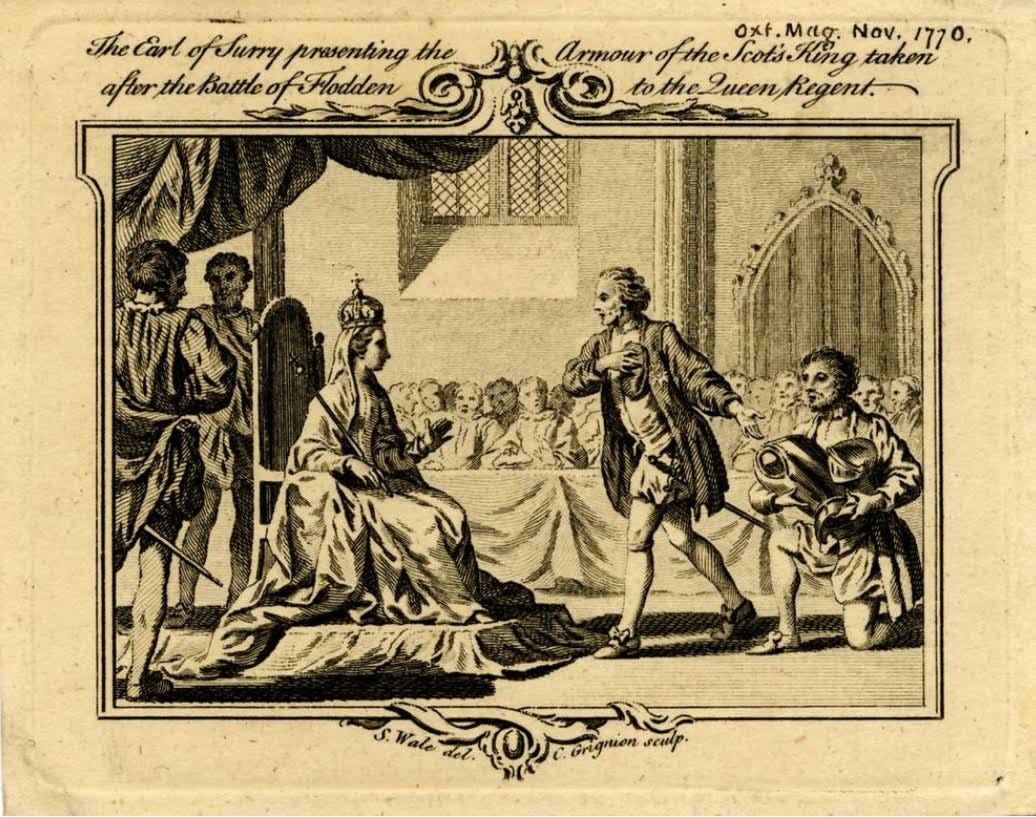
Their first child, Henry’s much desired son and heir was born on on January 1st, 1511. He was named Henry, Duke of Cornwall. Tragically baby Henry died suddenly at just fifty-three days old. This devastated his parents.
Katherine’s next two pregnancies resulted in either stillbirth or miscarriage. On February 18th, 1516 Katherine successfully gave birth to a baby girl, Mary. A healthy baby was not enough for Henry as he was still without his desired heir. Katherine would have one last pregnancy in late 1518 that resulted in another stillbirth.
Katherine did not understand why Henry was so disgruntled with the birth of a baby girl. Her mother was a powerful Spanish monarch in her own right. Mary being their only surviving child was unfortunately seen as a problem. A woman could not be heir to the crown (spoiler alert: Mary does become queen).
Henry began to believe that his marriage to Katherine was cursed because of her previous marriage to his brother Arthur. Leviticus 20:21 stated “And if a man shall take his brother's wife, it is an unclean thing: he hath uncovered his brother’s nakedness: they shall be childless.” Katherine never wavered that her marriage to Arthur was not consummated. She was a very pious woman, so it is highly unlikely she lied.
Enter: Anne Boleyn.
Anne Boleyn arrived at court in 1522 and Henry would become obsessed with her. She was one of Katherine’s ladies-in-waiting. Henry began to think he would not be able to have a son by Katherine, which led to him looking elsewhere.
He took the first steps to securing an annulment from Katherine in 1527. At this point they had been married for eighteen years. Henry sent Cardinal Thomas Wolsey to Rome to appeal to the pope. This became known as the king’s ‘Great Matter.
Henry might have been able to secure the annulment if Katherine’s nephew was not the Holy Roman Emperor, Charles V. Charles was the son of Katherine’s sister, Juana. Pope Clement VII feared Charles as he had just been released from captivity. Even if the pope would have granted an annulment under different circumstances, he wouldn’t be here.
On May 21st, 1529 Katherine appeared at Blackfriars in front of Henry, Cardinal Thomas Wolsey and Italian Cardinal Lorenzo Campeggio. Katherine made an emotional plea regarding her short lived marriage to Arthur and her marriage to Henry.
Sir, quoth she, I beseech you, do me Justice and Right, and take some pity upon me, for I am a poor Woman and a Stranger, born out of your Dominions, having here no indifferent Counsel, and less Assurance of Friendship. Alas! Sir, how have I offended you, what Offence have I given you, intending to abridge me of Life in this Sort? I take God to witness, I have been to you a true and loyall Wife… I have been your wife these 20 Years, by whom you have had many Children; And when I first came to your Bed, I take God to witness, I was a Virgin…4
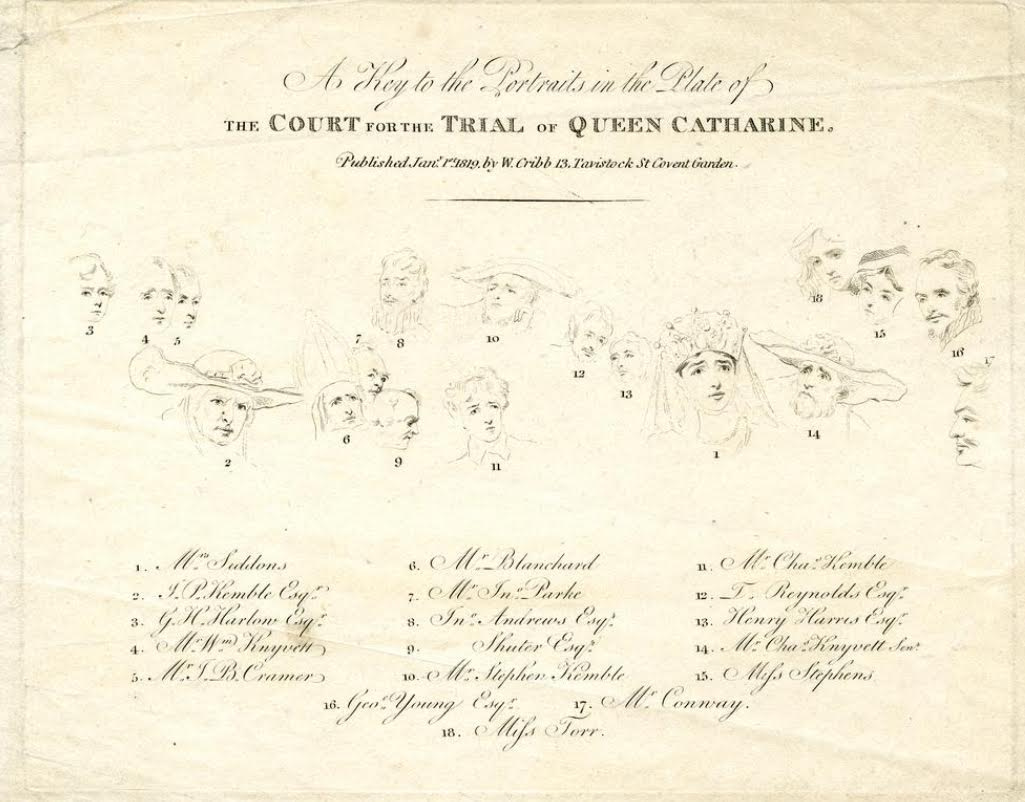
Katherine was banished from court in July of 1531. This was the last time she would ever see Henry. She was not permitted to take her daughter Mary with her and would never see her again. Henry was excommunicated by Pope Paul III the following year.
Henry and Anne Boleyn married in January of 1511 in a small, secret ceremony. At this time he was still technically married to Katherine. They had to marry because Anne was pregnant to avoid any issues regarding legitimacy.
Henry declared himself as the Supreme Head of the Church of England. By May Thomas Cranmer had annulled Henry and Katherine’s marriage. Katherine was moved to Kimbolton Castle in 1534 with her health deteriorating. Mary was declared a bastard and removed from the line of succession.
The 1534 Act of Supremacy declared Henry Supreme Head of the Church of England but it also required those of nobility to swear by it and abandon Rome. It severed all ecclesiastical links with Rome. There were people that did not agree with Henry’s shake up of the church or his reasoning.
Thomas More resigned from his post as Lord Chancellor over Henry wanting an annulment from Katherine. He did not agree with Henry wanting to remarry. More refused to attend Anne Boleyn’s coronation. He refused to abandon Papal supremacy, which angered Henry.
Regarding the 1534 Act of Succession More accepted Parliament declaring Anne Boleyn queen. He did not accept their marriage and considered it invalid. He was eventually accused of colluding with Elizabeth Barton the ‘Holy Maid of Kent’ and charged with high treason.
Thomas More was tried on July 1st, 1535. He was quickly found guilty. More was executed only a few days later on July 6th at Tower Hill. He is buried in the Church of St. Peter ad Vincula.
Katherine passed away at Kimbolton Castle on January 7th, 1536 at the age fifty. She likely died of cancer and was denied a royal burial. Katherine was buried at Peterborough Cathedral as the Dowager Princess of Wales, her title when she was married to Arthur. “Katharine Queen of England” was a much later addition to her burial place.
Sources:
Abernethy, Susan. “Letter from Elizabeth of York, Queen of England to Isabella, Queen of Castile – December 3, 1497.” The Freelance History Writer, December 3, 2023. https://thefreelancehistorywriter.com/2018/12/21/letter-from-elizabeth-of-york-queen-of-england-to-isabella-queen-of-castile-december-3-1497/.
Bainton, Roland H. Women of the Reformation in France and England. Minneapolis, MN: Fortress Press, 2007.
Beer, Michelle L. “Queenship at the Renaissance Courts of Britain: Catherine of Aragon and Margaret Tudor, 1503-1533 on JSTOR.” Royal Historical Society, 2018. https://www.jstor.org/stable/j.ctv1qv11t.
Harrison, Helene. “Edward Plantagenet, 17th Earl of Warwick - 1499 .” Essay. In Tudor Executions: From Nobility to the Block, 1–17. Philadelphia, PA: Pen & Sword Books, 2024.
McGovern, Jonathan. The Little History of England. London: The History Press, 2024.
Letter from Elizabeth of York, Queen of England to Isabella, Queen of Castile – December 3, 1497, (The Freelance History Writer, December 3, 2023). https://thefreelancehistorywriter.com/2018/12/21/letter-from-elizabeth-of-york-queen-of-england-to-isabella-queen-of-castile-december-3-1497/.
Helene Harrison, Tudor Executions: From Nobility to the Block, (Philadelphia, PA: Pen & Sword Books, 2024), 1-17.
Ibid,.
Jonathan McGovern, The Little History of England, (London: The History Press, 2024).


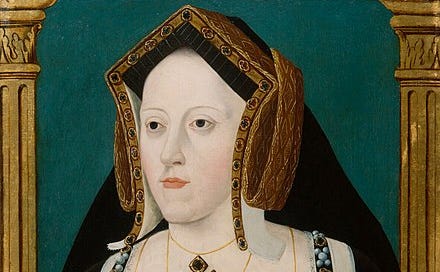



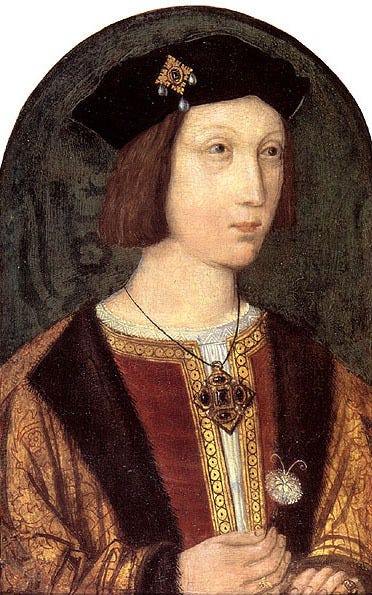


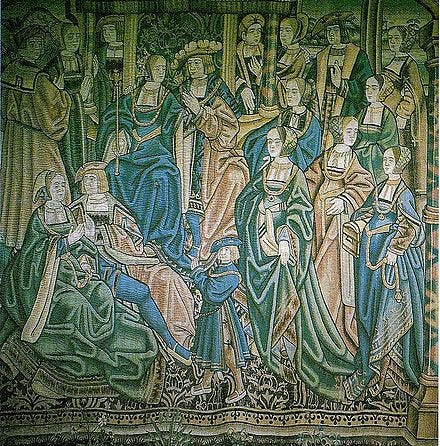
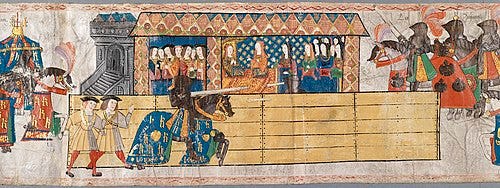
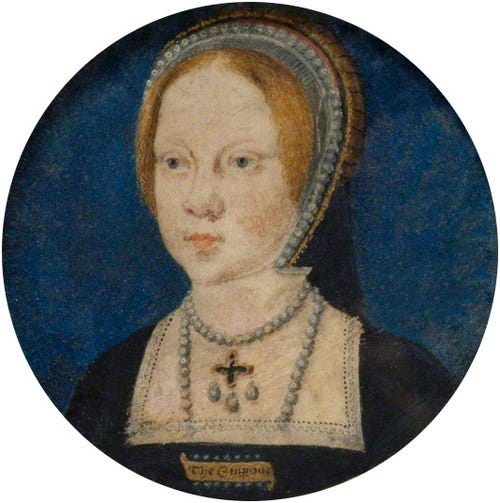
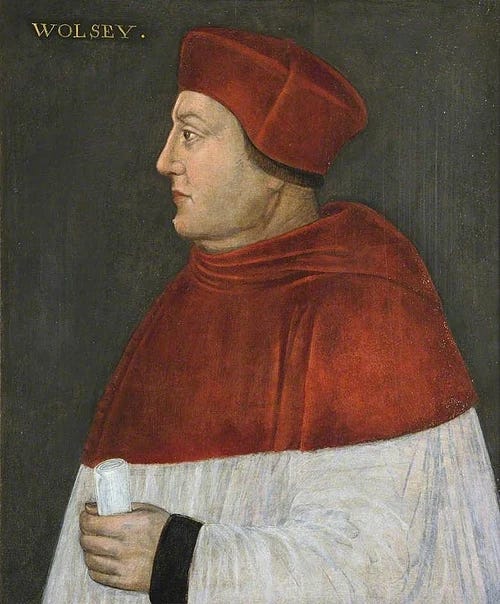

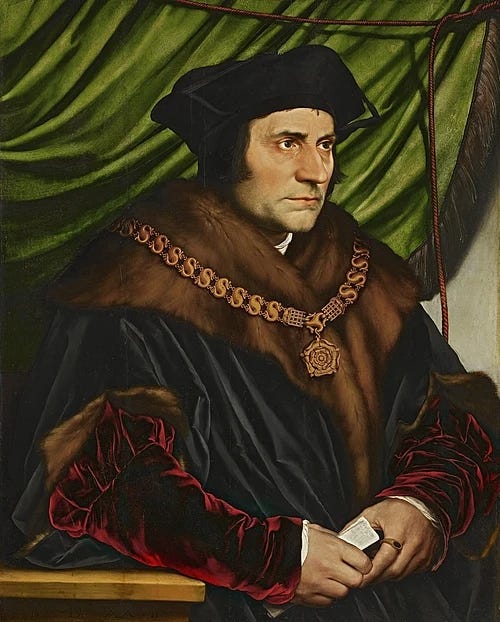
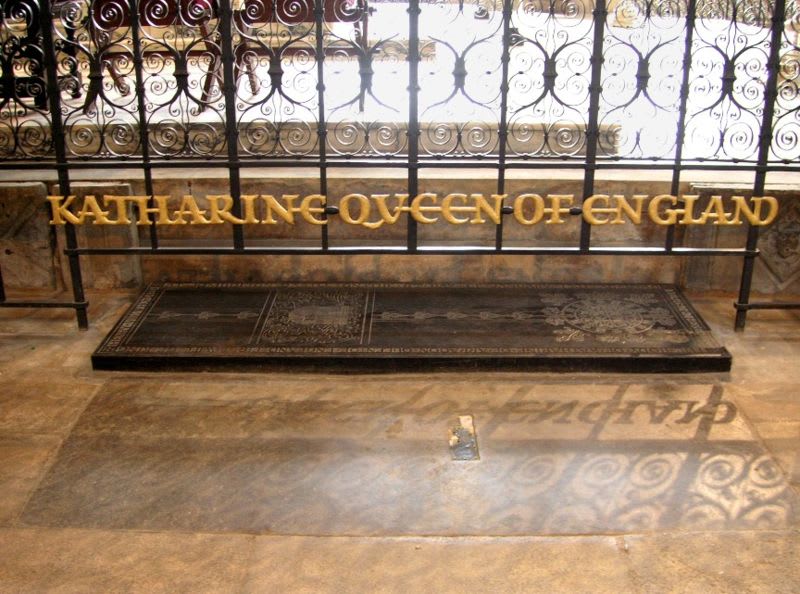
I recently read a theory that Henry carried the Kell antigen and caused miscarriages in his wives. He then develops McLeod syndrome which might explain his monstrous transformation in later life. Henry continues to be fascinating.
What a life she lived--and this is such a riveting summary. I recently attended the musical, Six, and stood in line behind a mother and her daughter of about 10 or 11. I asked the girl which of the six queens was her favorite. She immediately answered Katherine of Aragon, and that pleased me. I'm glad that a young 21st-century girl admires her.